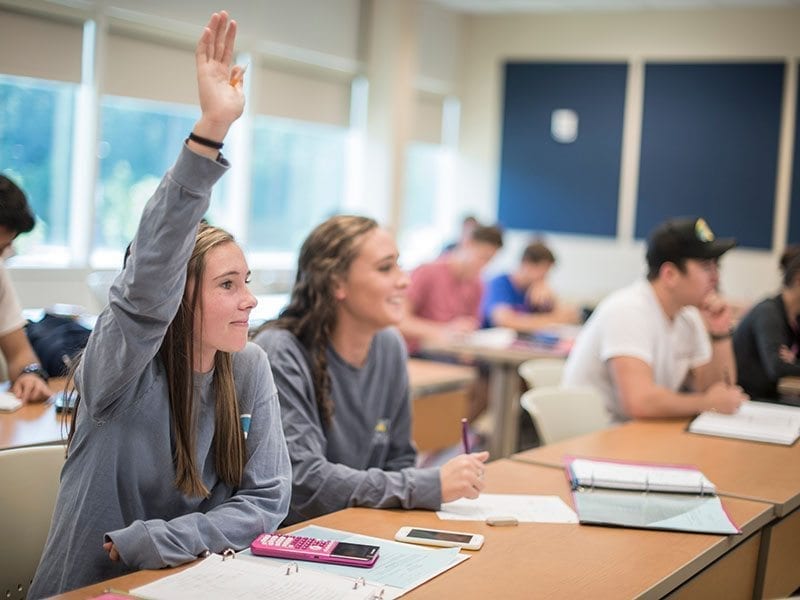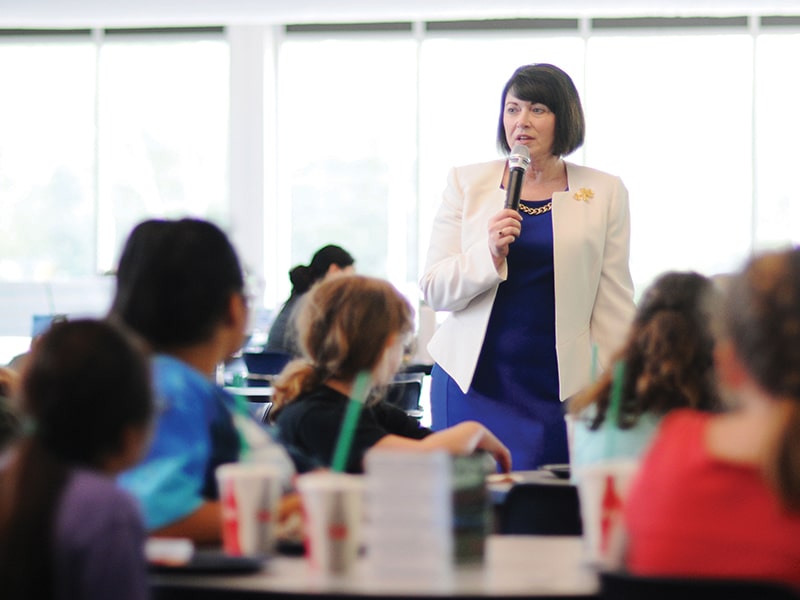
This paper therefore serves to present and make sense of this special issue, but also to try to give a general overview of what the situation of open education online is, what the trends are, and to analyse the causes that determine it.
We conclude with the idea that we are witnessing a global change imposed by the permeability of the interuniversity space and the presence of global universities. University disruption is a challenge.
Since the appearance of distance education modalities, the university, or better said, Latin American universities, have been immersed in a culture of differentiation in terms of teaching modalities, of attention to students, and in addition of the attribution of differentiated profiles to teachers.
However, in recent times the knowledge society has favoured convergence schemes. The justification for distance education, in its beginnings, was to overcome the difficulties and limitations imposed by the barriers of physical location or communications.
Today, this reason, which gave rise to this mode of education, has been subsumed as one more form of difficulty, along with others that can be overcome with networks and technology. These are the difficulties imposed by location, but also by the availability of time, resources, age or cultural differences, etc., or even by the difficulties imposed by the institution itself or by the organization of education.
As is, for example, the same attention for all students regardless of their profile or their learning situation. These are the barriers and difficulties that educational standards pose for students. Difficulties that, because they are typical of the prevailing society, the industrial society, have been accepted as inevitable.
This on the one hand, but on the other hand, we can see the role that technology has played and is playing in overcoming these difficulties. Now, the same technology that helped conventional distance education, or its evolution, helps all forms of education, and to its relief have developed teaching innovations that were previously unthinkable.
Thus open education, in which, ideally, all these difficulties are overcome, has become an objective for education systems in developed societies. And its institutions, the experiences that are developed within them, and research centers are working to investigate what modalities of organization, with the most appropriate uses of applications -affordances- are most effective in obtaining the learning results proposed for each modality of study, or of professional performance.
The aim is to offer higher education teachers and educational managers instructional design modalities that achieve these objectives and that ultimately facilitate the transfer of current situations to open university education.
In this situation, the journal “Virtualidad, educación y ciencia” and its editorial boards have undertaken the publication of a special issue that studies precisely this topic in the context of Latin American universities.
The present work therefore serves a double objective: to present and give meaning to the special issue and, on the other hand, to make an attempt to give a general overview of what the situation of open education online is, what trends are present and to analyze the causes that determine it.
When, at the dawn of the Modern Age, the universities were born and became widespread in their first configuration, in Europe and in Hispanic America, this phenomenon was produced by the confluence of causes that were exogenous: the invention of the printing press and the need to disseminate, make useful and put at the service of the ruling and intellectual elites the knowledge that had been preserved in abbeys and monasteries since the time of the classical world, throughout the Middle Ages.
In this context, a great change took place in the way knowledge was supported, the printed book appeared, and this meant a basic transformation in the way knowledge was disseminated and circulated. But what is substantial, the factor without which the great change would not have been possible, is the preserved knowledge that is integrated into the new supports and the new dissemination procedures.
This knowledge, which had been taught in the first universities in the middle of the Middle Ages, with some rudimentary teaching that emerged in the monasteries, this way of doing things is inherited and integrated into the new institutions, is in no way opposed to the new, but on the contrary finds an incomparably wider space in which to expand: the book replaces the codices, but the chair is very similar to the pulpit.

When Quantum Mechanics or the Theory of Relativity appeared, no one opposed them to the classic mechanics of Newton and Leibnitz, but they remained integrated as a restriction of more general theories, which continued to be valid in local environments, those known until then.
Something different should not happen with the existing research and theoretical developments on learning and on teaching, in relation to the pedagogy necessary in the new environments. Not validating or at least not investigating their validity and their variants in the new contexts would be a loss that would be difficult to justify.
On the contrary, it is to be expected that there will be continuity in the line of adaptation of teaching strategies, of pedagogical aid, to the new conditions.
In this way, the fact that knowledge content is opened up or released, its representation in text, images, or multimedia, does not mean that it is automatically incorporated into the cognitive schemes of individuals, much less that it attributes to them meaning, significance, and the capacity to be transferred to changing situations or to solve problems.
More than ever, in the presence of the abundance of data and information, it is necessary to equip oneself with instruments that make it possible to establish links between these resources and the world of representations and cognitions of students, and a good base is existing instructional knowledge.
This purpose of teaching theories and practices has a tradition in instructional design, in fact it constitutes its essence.
As we have seen, this constitutes the theoretical framework from which the design schemes of the MOOC are nourished, as the most significant case, but also the most successful initiatives applied to the affordances of the new environments, of the social web, and to the creation of personal environments for the students, as well as the possibilities of personalised learning analysis, which allow the design of training programmes centred on the students and on learning.
Therefore, this, the validity of knowledge, theories, research on how learning takes place and how we organize instruction, would be the first thing that seems to remain and will remain in quality university education.
It is not our objective to make an economic or sociological analysis. Therefore we are going to dispense with aspects of this nature, such as seeing what the business model behind the new Higher Education is going to be, whether it is one of social profitability or corporate profitability.
We will only use this type of references when it is inevitable to justify some feature of the way of learning, such as dealing in a secondary way with whether a certain resource is sustainable or worthwhile according to the pedagogical gain it produces. Or in another case, for example, when we talk about the causes that lead to abandonment and talk about the lack of confidence in titles.
Focusing on this analysis, we can detect that there are some lines of force or vectors that are not only a constant in the whole process of change but that grow and characterise it: consolidated trends, pedagogical features and learning, its efficiency, as the axis of models and processes
There are certain features that often go unnoticed because they are implicitly assumed or because their origin is already distant, but that does not mean that they are less important or operative.
Thus, for example, one of these features is the evolution of the resources and environments that are operative at a given time.
